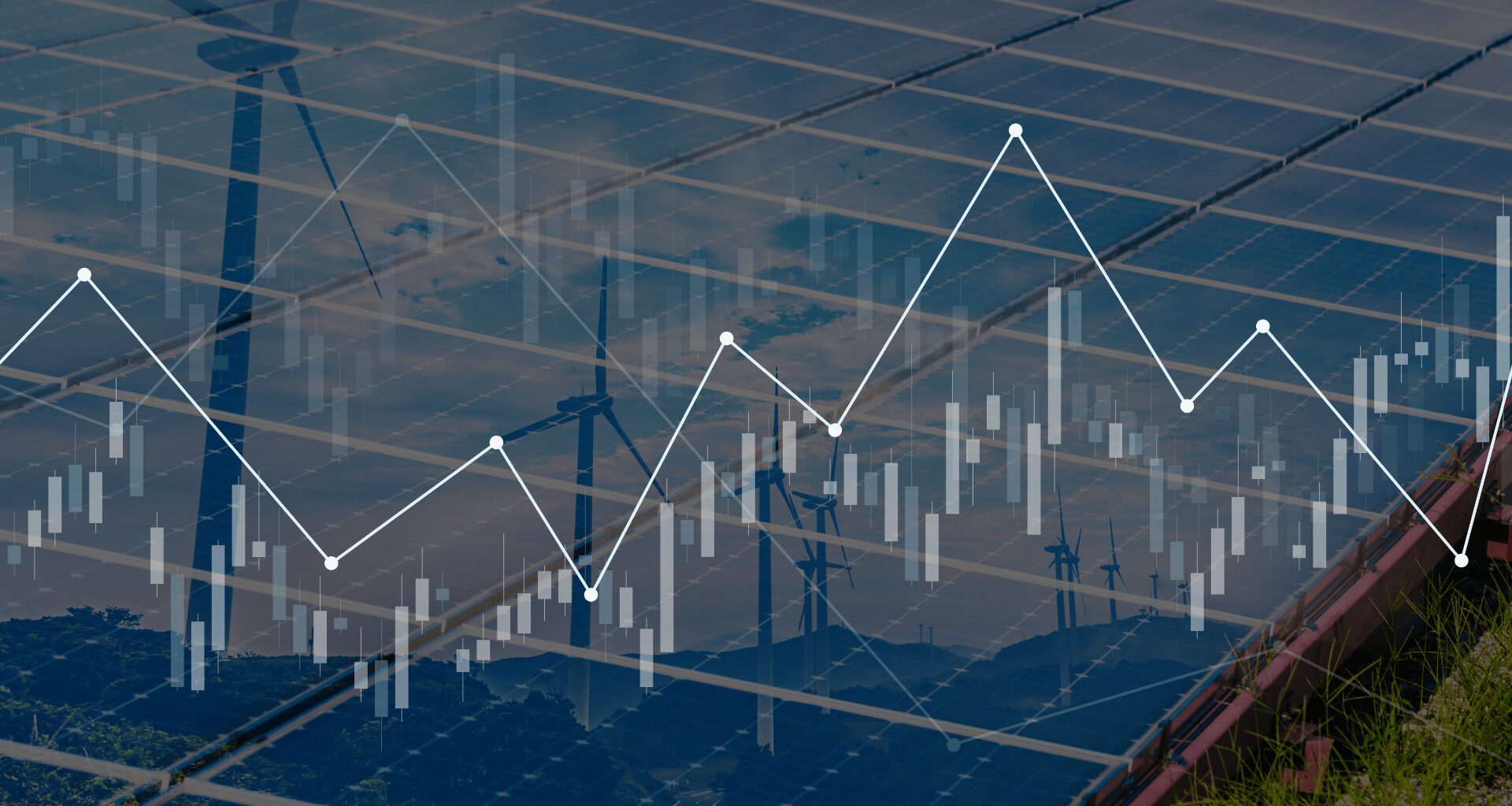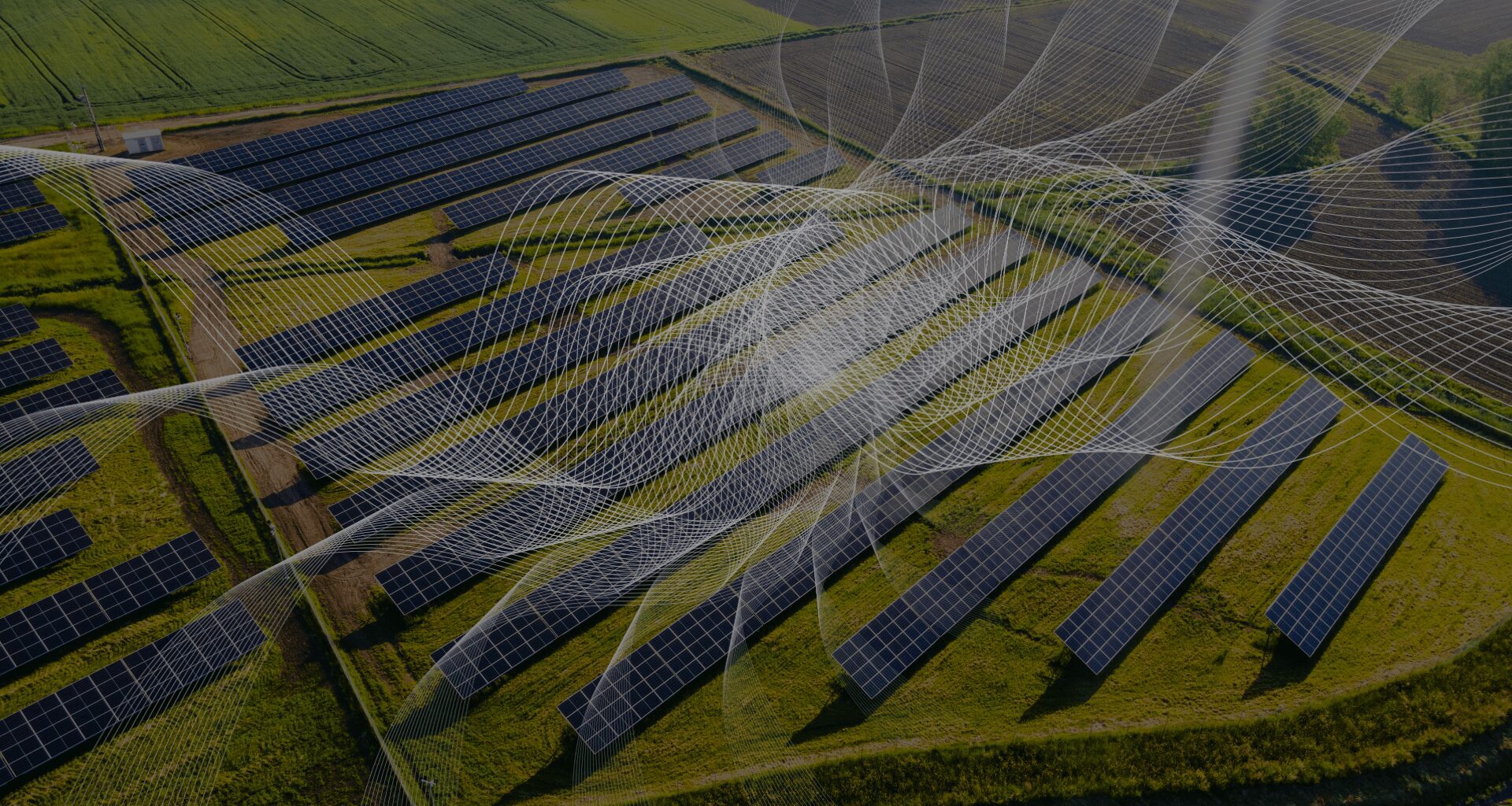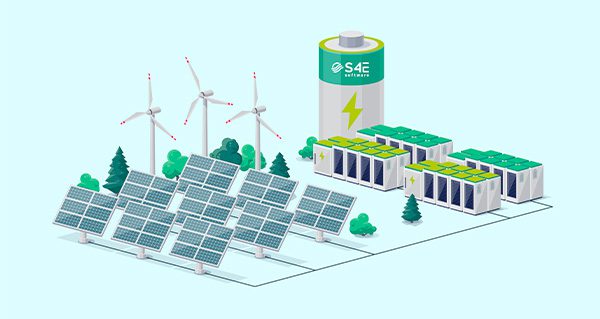Background and current situation
What is the role of an aggregator on the energy market?
The aggregator is a key player in the energy transition. Its function is to make the link between renewable energy producers and the electricity market, mainly via the European EPEX SPOT exchange.
In concrete terms, it maximises the value of the produced energy by channelling it into the right market mechanisms, while ensuring the stability of the electricity system.
The aggregator is also reponsable for conforming to the power network balance. It must obtain specific approvals, manage production flows and ensure that all facilities under its responsibility comply with the instructions issued by the local network operator.
Markets and mechanisms
SPOT market, balancing market, flexibility: what are the differences?
Historically, aggregators mainly operated on the SPOT market, making forecasts the day before for the following day. On this basis, they could ask producers to suspend production when prices became negative.
But in recent years, negative prices have multiplied, far beyond the initial assumptions of financial models. This trend can also be seen in several European regions such as Sweden, where wholesale prices are dropping significantly.
In response to this development, the French government has introduced a new balancing market, via Simplified Tenders, intended for a particular low-voltage photovoltaic power plants bracket (100 kWp to 500 kWp).
This new mechanism values cutting or modulation capacities in near real time, unlike the SPOT market, which is based on forecasts. This lack of ‘day-ahead’ forecasting makes the adjustment market more. complex:
- Instructions are communicated on an ongoing basis,
- Responses must be swift,
- Supervision and management requirements become even more crucial.
The key players on the balancing market
The main participants are:
- Producers that execute the orders given,
- Aggregators who receive instructions and manage the installations,
- Network operators that triggers balancing requests,
- Technological players, including S4E SOFTWARE, that ease these operations through remote control and monitoring.
Enhancing flexibility
How can an aggregator choose the best mechanism for a producer?
Producers can now be solicited in several markets:
- Negative prices
- Balancing market
- Flexibility market
The challenge for the aggregator (or for potential intermediaries such as traders) is to determine the best economic arbitrage. Should a power plant be turn out in anticipation of negative prices? Respond to a request for real-time adjustment? Or activate a flexibility service ?
Today, there is no single answer: only feedback from experience will help us to define the optimal strategies.
Current difficulties and limitations
As the adjustment market is recent, feedback is limited. The initial difficulties observed mainly concern:
- the lack of a clear definition of the scope of the adjustment market, which makes it difficult to identify the relevant services to be covered;
- Arbitration across a large number of power stations,
- Coordination between instructions, data and execution,
- The power ramp-up of photovoltaic plant.
A simple request to manage a 12 MW power station can become complex when dealing with 120 power stations of 20kW each spread across the entire territory.
The role of data and supervision
How does Energysoft facilitate management?
Energysoft has been managing power cut linked to negative prices for several years. It offers a “clearing package” that offer:
- Automatic integration of power cut instructions,
- Remote control of installations,
- Visualisation of the impact on production,
- Reliable execution in line with market requirements.
The place of real time
‘Real time’ does not actually exist. Transmissions always require a delay. Today’s reasonable time step is around 5 minutes. This approach allows information to be acquired, processed and executed within a window compatible with the market’s operational needs. The SPOT market recently moved from a 1-hour interval to 15 minutes.
And tomorrow?
How will the aggregator role evolve?
With the growth in renewable installations, aggregators will need to strengthen their data processing tools, manage increasingly large portfolios and further automate their decision-making. S4E SOFTWARE supports this evolution with a contract dedicated to aggregators, a specific API and seamless integration with monitoring and control tools.







